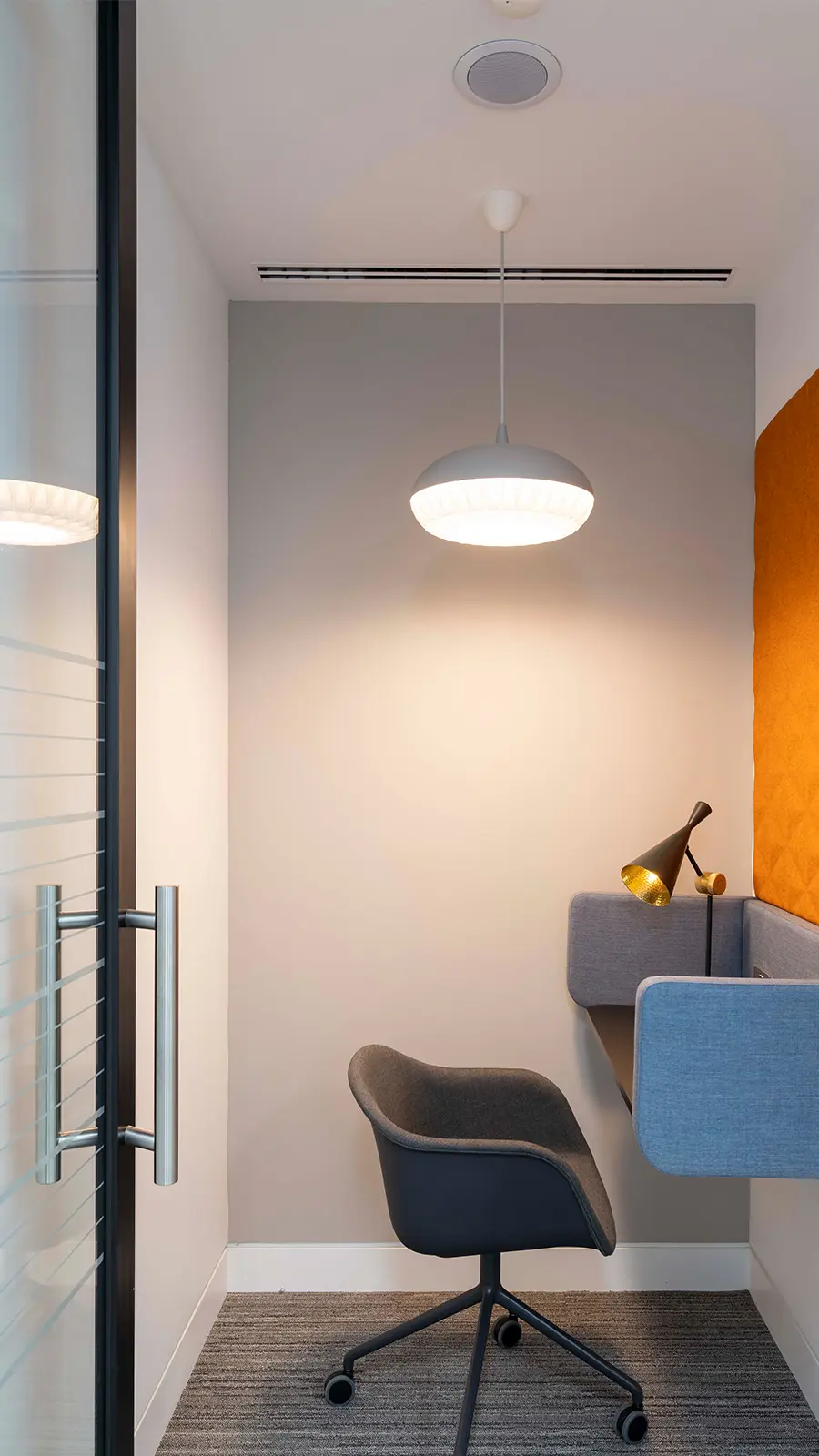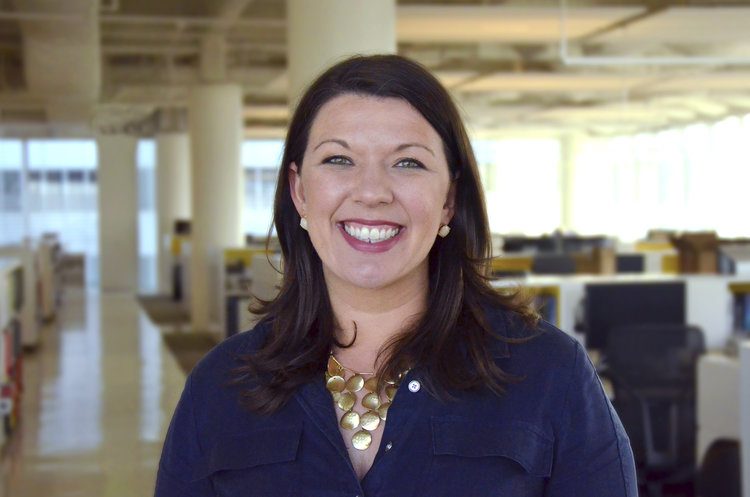OUR VOICE
Home › Our Voice › Articles › Introverted or Extroverted? Or Ambivert?
Introverted or Extroverted? Or Ambivert?
Workplace design is a critical business tool in today’s fast-paced, dynamic economic climate. There is extensive research proving open work environments, when done right, boost collaboration and knowledge sharing, and can foster innovation. While open office plans may not be widely popular with everyone, the positive impacts are tangible.
An open office can induce anxiety and real fear in a portion of every workforce. Subsets of employees can be overwhelmed in open environments, it can be mentally draining; diminishing productivity, effectiveness, and even potential. Namely, those who consider themselves introverts.
When 2/3 of the world’s population identifies as extroverted, stigmas form around those who have vastly different personalities. Introverts get painted as shy, people averse, poor collaborators and followers. In reality, many introverts have the capacity to be engaging, assertive, and strong leaders, but face an uphill battle because they must develop and hone these skills in a world designed for extroverts. Introverts are typically curious, thoughtful, and highly creative, with the potential to be valuable contributors, but some workplaces aren’t usually designed to let those qualities show through.
To clarify, the terms introvert and extrovert refer to how a person “recharges” mentally and emotionally. Introverts require solitude and quiet spaces for periods, while extroverts are energized by social interactions and making connections. It’s tempting to overlook the needs of introverts when they seem to counter organizational goals, but with roughly 1/3 of the workforce comprised of introverts, businesses do so to their own detriment.

REMOVED SPACES
For introverts to be at their best, they need spaces removed from the buzz of the office to retreat to focus, decompress and recharge so they are equipped to behave more like extroverts when they return. However, in a world dominated by extroverts, these spaces aren’t always a priority, and introverts can find themselves functioning in a sort of survival mode while at work.
Few disagree that incorporating “quiet” spaces into the workplace is a good idea, but they are often viewed as a luxury serving a small percentage of employees. However, leveraging psychology during the design process reveals that a more significant portion of the workforce benefits from these same spaces.
Originally, introversion and extroversion were considered two ends of a continuum with most people reflecting a blend of the two, but over time they became dichotomous. Modern research is proving, however, the original theory true. Most of us actually do fall between the two and are considered Ambiverts; people who exhibit qualities of both personalities and shift into either depending on their mood, context or goals. Meaning, there are periods where one prefers to be in the middle of the action while others call for time alone.

IMAGE INSPIRATION – FAST COMPANY
Factor Ambiverts into the equation and you’re now talking about no less than 50% of your workforce requiring quiet and focus time regularly. Another beneficiary are employees with special needs, like those on the Autism Spectrum, who often find traditional work settings challenging. In short, think bigger than the work, headcount, and efficiencies. Look at the workers. Workplaces reflecting the range of personalities within its ranks allow more employees to maximize their potential, and are places people want work because they feel valued. When employees feel supported, they win and so does the business.
Look around your office. How well does it support the different personalities represented in the workforce? What about those with unique needs? If you can’t name more than two ways your office is supporting different personalities, consider half of the employees are working at a disadvantage and the impact that has on business success.

Amy Pipe
As a Change Management specialist, Amy focuses on minimizing disruptions to operations during a workplace transition. She aims to seamlessly shift organizations and their employees into a new way of working. Amy leverages her background in psychology to actively engage leadership and employees in the change process in order to manage resistance, and prepare all key stakeholders for changes the new workplace will present.


